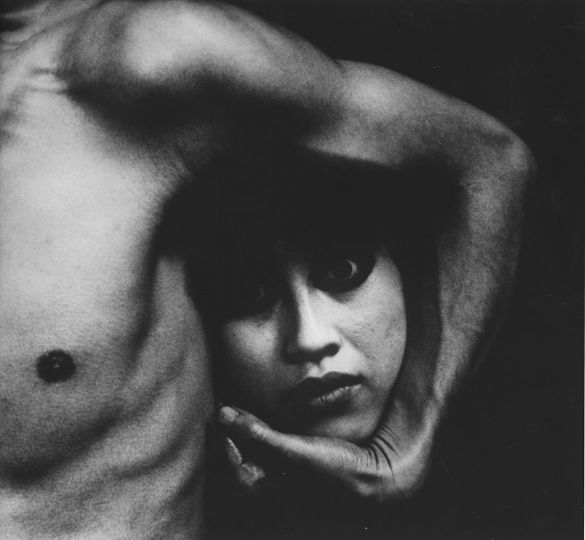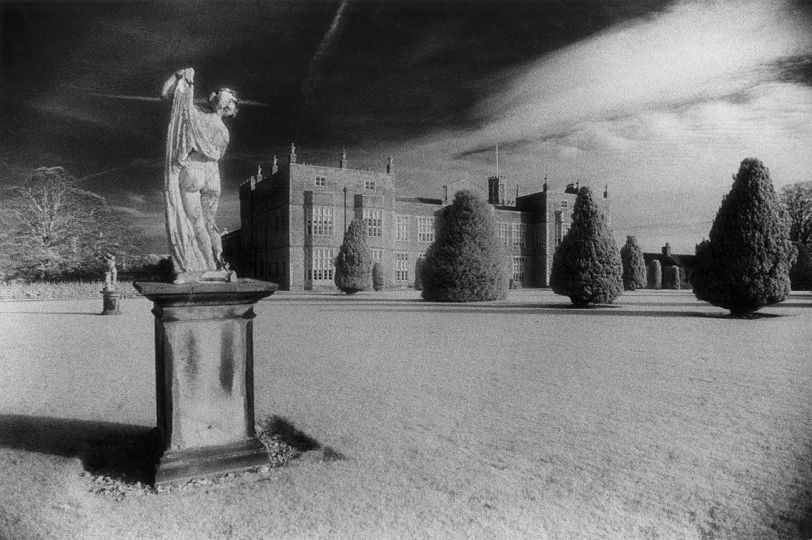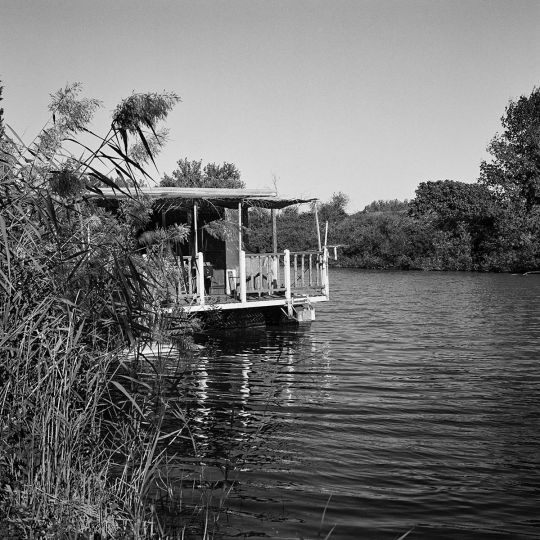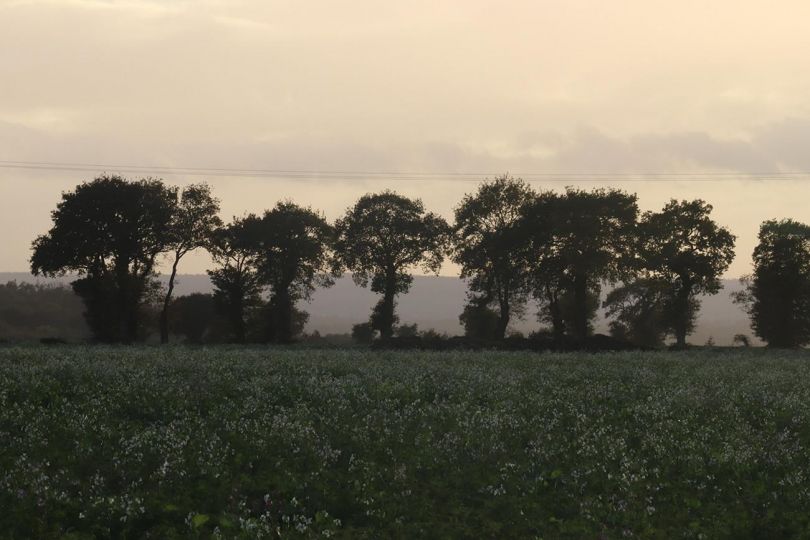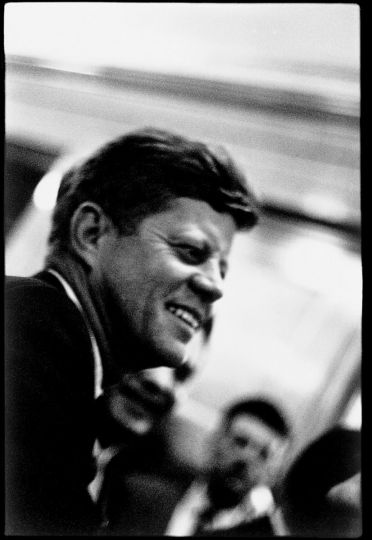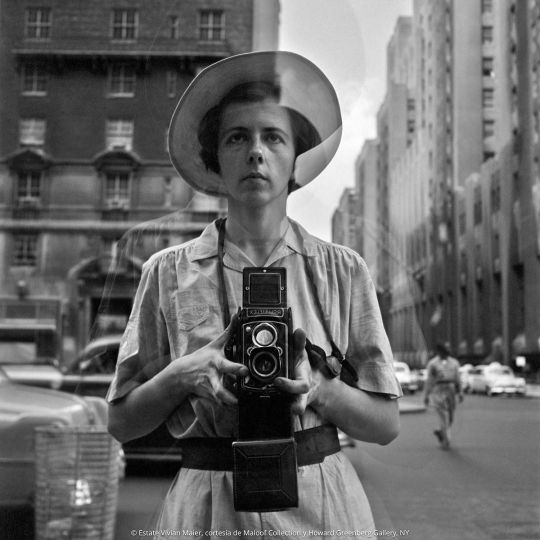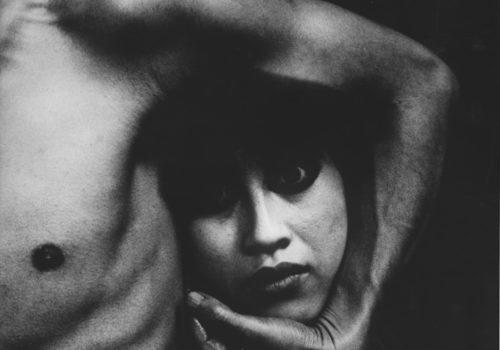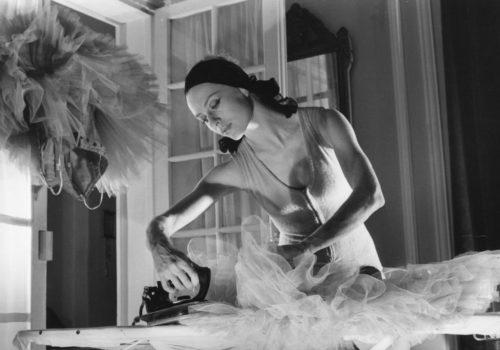The Magnum Gallery presents Metamorphoses, an exhibition of works by the avant la lettre queer German photographer Herbert List, staged at its 63 Gee Street location and online, from 4 to 30 June 2021. The artist’s first solo exhibition in the UK in five years, Metamorphoses explores themes of mythology, the male body, and Greek sculpture.
Borrowing its title from Ovid’s epic poem, Metamorphoses focuses on transformation. It seeks to explore the complex relationship between List’s prolific depiction of sculptures, his sensual images of men, and the blurred line between them.
The myths of Apollo and Daphne, Echo and Narcissus, the Minotaur, all narrated in Ovid’s fundamental tales The Metamorphoses, appear as underlying themes in List’s remarkable photographs, less in subject matter than as a result of the photographer’s modus operandi of shooting friends and lovers. Spanning from 1933 to 1958, these black and white photographs also instantly recall the myth of Pygmalion, a Cypriot sculptor, who carved a statue out of ivory that he found so beautiful and realistic he fell in love with it. Imploring Aphrodite to give him a bride in similar shape and form to his newly-created artwork, Pygmalion returned to his studio to find out that his sculpture had been miraculously brought to life. Parallels between the sculptor and his model become beautifully apparent in one image from 1949, where Swiss painter and model Rolf Duerig gracefully poses in front of an imposing Roman bust. Elsewhere, taking centre stage in the exhibition, is ‘Young man with laurel over the eyes’, 1936, an image which almost symbolically reenacts Daphne’s transformation into a laurel tree.
Peer-Olaf Richter of the Herbert List Estate reflects: “The myth of Pygmalion has frequently been discussed in relation to List’s images of young men, as well as his work on antiquities and sculpture. List was fascinated by the ability of photography to convert sculptural pieces as three dimensional, but dead, objects to the abstraction of masterful prints on paper. Crop, focus and especially lighting allow the viewer to get lost in the sensuality of the depicted subject matter. They ignite the possibility of life, resurrected from two-dimensional forms on paper. But unlike propaganda images of the human form or much of fashion photography of the 1930s, List’s camera does not transform living bodies into statues. There is always a drop of water, a little bit of sweat, a slight imperfection that reminds us, viewers, to engage with the image and not simply adore it. We are looking at a person, not a type or a model.
This desire to transform art into something living, as opposed to a human being into art, can be understood as a political statement when considered in the context of photography at this time.”
Born in Hamburg in 1903, Herbert List left Germany in 1936 to seek refuge from the rise of Nazism. Living between Paris and Athens from 1937, he settled in the Greek capital following the outbreak of World War II. He travelled extensively to the Peloponnese and the islands, seeking a highly personalized yet antiquity-inspired modernist depiction of Greece. Atmospheric light, radical crops and expressive perspectives shaped List’s vision of Greek architecture, artworks and men. “Like drawing, photography is the art of leaving out: one is made to stand for the many, the right detail for the whole, clear, concentrated form for profusion, and for a situation or action, the symbol. Less is almost invariably more.” said Herbert List in 1943. His vision of Greece consists of subjective imagery rich in subtext and sensuality. It allows the viewer to feel, taste, and bathe in the atmosphere of List’s personal encounter with the Mediterranean.
Sensuality, desire and passion are fully evident through these views of men, in particular ‘Torso of a Young Man’, 1938. His work candidly celebrated his homosexuality. List’s photographs demonstrate the possibility of open love and friendship among same-sex figures at a time when it was forbidden by law. But he did not dare to publicize most of his photographs of men, out of concern for the friends shown in his images. Still, the courage and the forward-facing vision it took List to depict these passionate scenes are reverberations of his free spirit. In these seaside, summer environments, desire and passion seem casual, sane, simple, interchangeable and reciprocal as in the iconic “Baltic Sea, Wrestling Youth I”. The simplicity of Greek sculptures paradoxically echo List’s interest in striving for visual modernity.
“We’re delighted to reopen our London gallery with an exhibition of works by a true artist and pioneer, Herbert List. Not only do these remarkable works showcase List’s interest to push the boundaries of visual experimentations, but they also reflect his quest for freedom at a time when the world was going through intensely violent political turmoil. Here, the photographer offers an epicurean vision of hope which goes completely against history’s grain. This is Herbert List’s power.” Nicolas Smirnoff, Magnum Gallery Director said.
HERBERT LIST
Born into a prosperous Hamburg merchant family, Herbert List (b. 1903 – d. 1975) studied literature and art history at Heidelberg University and took photographs, without any pretensions to art. In 1930 he met Bauhaus student and young photographer Andreas Feininger, who introduced him to the Rolleiflex camera. List then developed his own style under the ambiguous influence of New Objectivity, Bauhaus and the Surrealist movement. With his 1936 departure from Germany he briefly turned his hobby into a profession but became frustrated with the challenges of studio fashion photography. Often associated with the Fotografia Metafisica style, which explored innovative scenes of a dreamlike nature, List’s work compares with the mysterious paintings of artists Jean Cocteau and Giorgio de Chirico.
Shortly after, Greece and Italy became List’s main interest. He not only visited antique temples, sculptures and landscapes, but also created a photo diary of the Mediterranean lives of his friends including his now famous erotic images of young men. With the eye of a poet, he photographed the artists of his time, from Picasso to Morandi, Dietrich to Magnani. After the War, List met Robert Capa, who convinced him to work as a contributor for Magnum, but he rarely accepted assignments.
He later discovered the 35mm camera and his work became more spontaneous. He was influenced by his Magnum colleague Henri Cartier-Bresson and the Italian Neo-Realism film movement. A series of 16th and 18th centuries drawings List had collected in later stage of his life, are now present in the British Museum’s collection.
Herbert List : Metamorphoses
4 – 30 June 2021
Magnum Gallery
63 Gee Street, EC1V 3RS, London, UK


